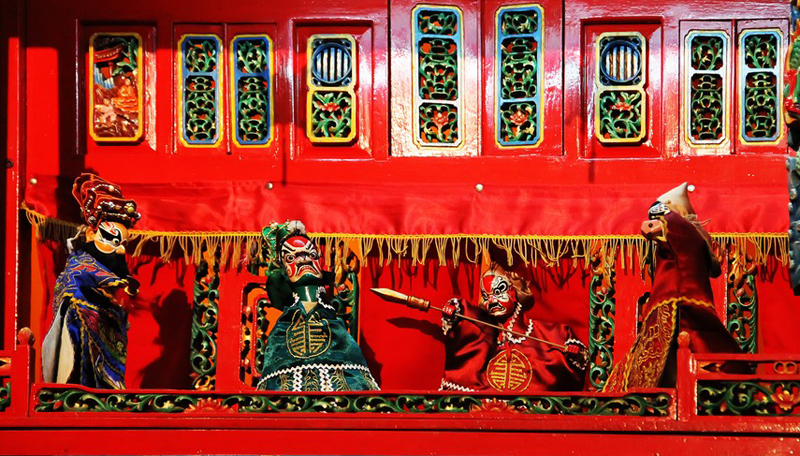❯
Adult
Youth 12-17
Child
2-11
Seat Infant
under 2
Lap Infant
under 2
Close
Room
Adult
Child
Close
Powered by


































